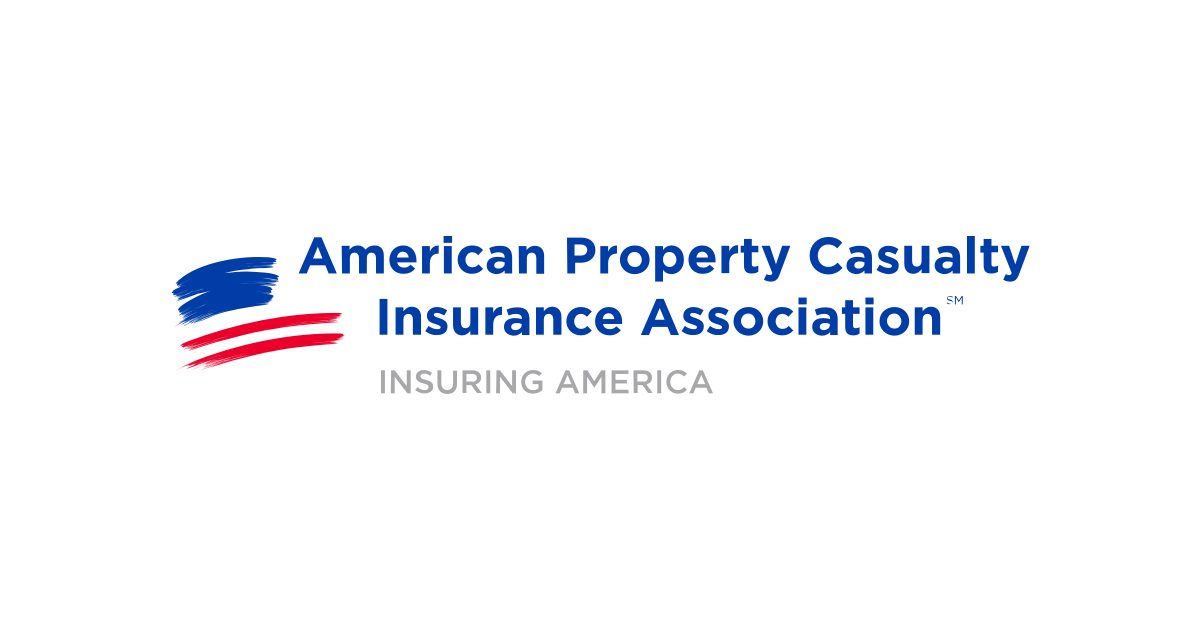The following letter to the editor was submitted to the Wall Street Journal in response to their editorial, Why Insurers Are Fleeing California, Regulators won’t let companies charge for growing risks. This letter was authored by APCIA president and CEO, David Sampson:
Dear Editor:
Your editorial, “Why Insurers Are Fleeing California,” was on target about the turbulence in California’s insurance market and how it’s harming residents. Insurers are in the business of helping consumers and businesses mitigate their risk, and to be there when the unthinkable happens to help rebuild. Insurers do not want to retrench in one of the nation’s most important markets, but cannot continue to operate and deliver on our promises when we cannot manage our own risk exposure. Insurers must have the financial strength to deliver on our promises to policyholders when disaster strikes.
One key problem in the Golden State is that California’s insurance market operates under an outdated 1988 statute that is not flexible enough to adapt to the new realities of increasing risk caused by climate change. The time has come to modernize California’s outdated insurance regulatory structure under Proposition 103. The insurance market should not be reliant on a system developed 34 years ago, before the advent of the internet, email, and cell phones.
As the cost of insurance increases dramatically—due to climate change, historic economic inflation, and legal system abuse—insurers must be able to cover the costs of future claims in setting rates. That includes being allowed to factor in the cost of reinsurance in rates. It also means being able to use proprietary, reliable catastrophic models. Insurers will work with the state regulator and policymakers to find forward-looking solutions to help California insurance consumers and work to rebuild the state’s insurance marketplace to bring back more options for consumers.
To repair the market, we must also work together to reduce the risk of losses from natural catastrophes through enhanced safety. For example, we need to use science-based mitigation standards developed and tested by the Insurance Institute for Business and Home Safety to create defensible space in the five feet around homes. In addition, older homes need to be upgraded to higher building code standards. Community education and investment in resiliency initiatives are a major step today toward a safer tomorrow.













